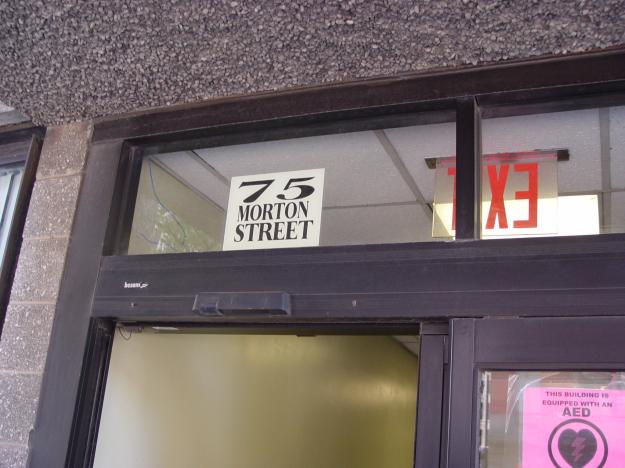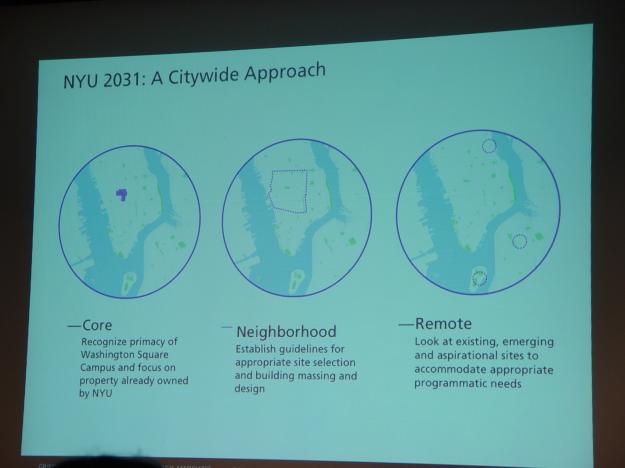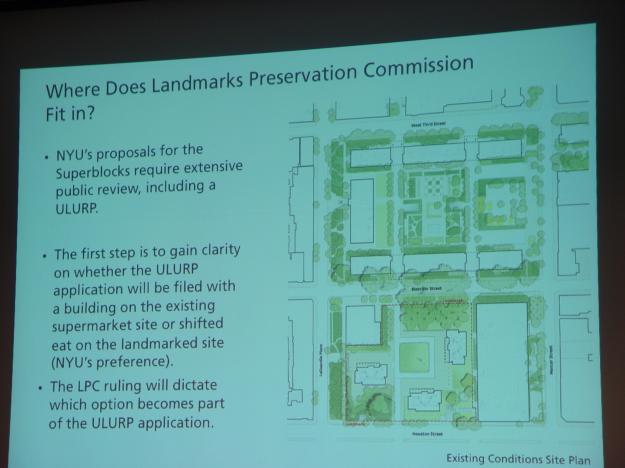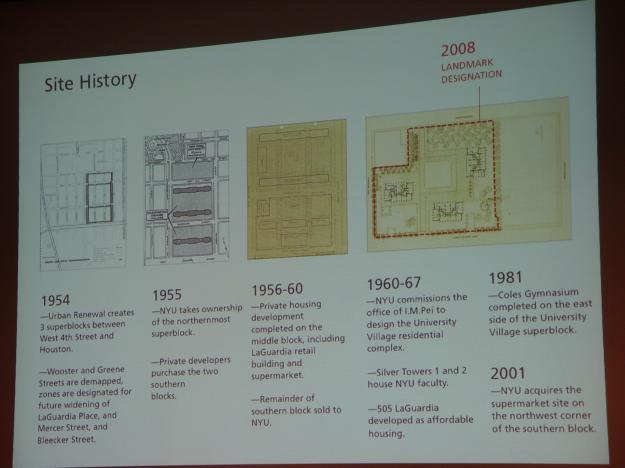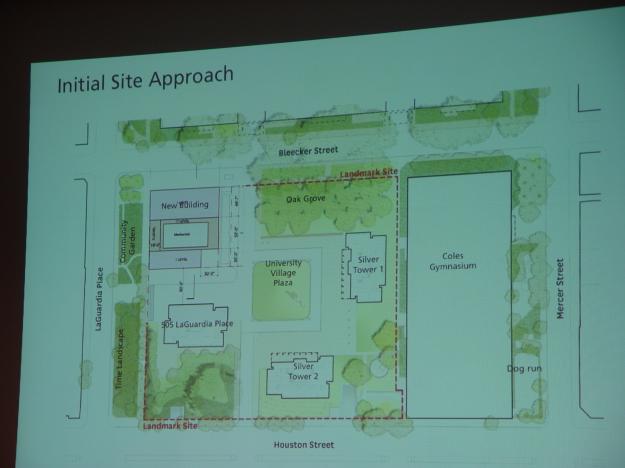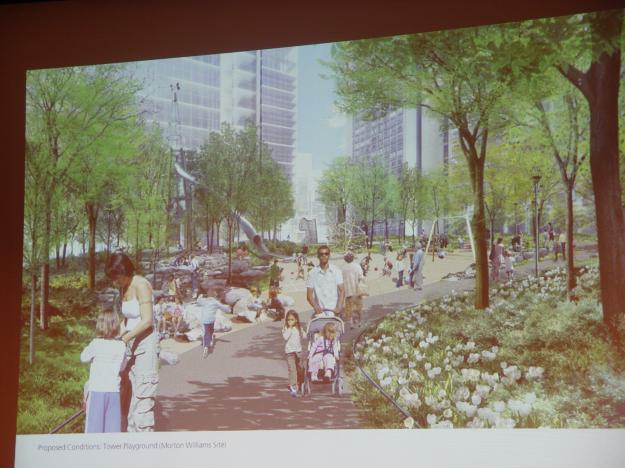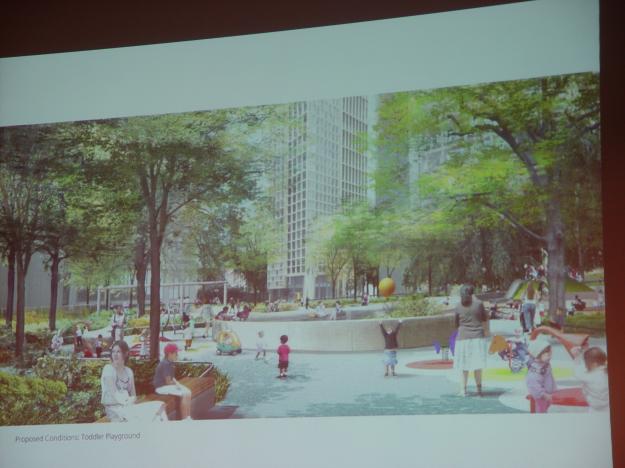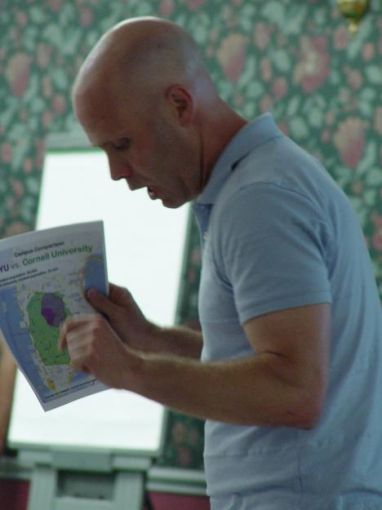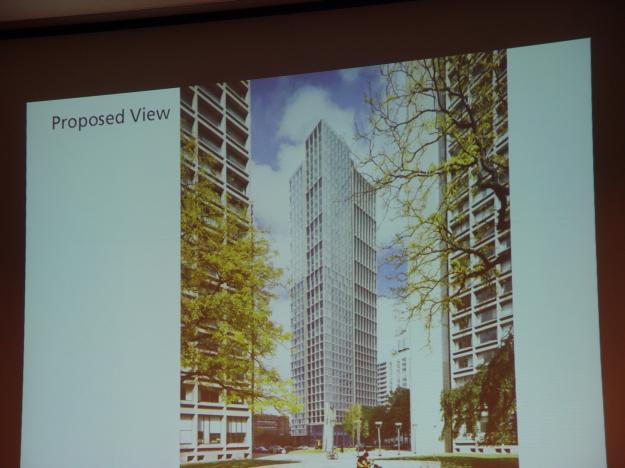Not quite up to speed on what’s happening between N.Y.U. and Greenwich Village? Check out this slideshow, which breaks down what the school wants to do–and why the Village is royally peeved.
On June 21, more than 200 residents of Greenwich Village gathered at 75 Morton Street to hear N.Y.U.'s plans for a fourth tower on the I.M. Pei Silver Towers site, just south of Washington Square Park.
N.Y.U. has divided its long-term expansion plan, known as N.Y.U. 2031, into three segments. The "Core" is the area immediately surrounding Washington Square Park. The "Neighborhood" includes the West and Central Village, stretching up to Union Square and to Soho. (The school currently has dorms on Union Square West, 14th Street, 12th Street, Broome Street and Lafayette Street below Canal.) The "Remote" segment includes the Langone Medical Center at 550 First Avenue, Polytechnic Institution of New York University in downtown Brooklyn, and a possible satellite campus on Governors Island.
Roland Li
N.Y.U. is focusing on the three "superblocks" south of Washington Square Park for its core expansion. These three segments would give the school a maximum of over 2 million square feet, but the school is currently proposing a 270,000-square-foot tower on the I.M. Pei Silver Towers site, as well as a new mixed-use "zipper building" on the current site of Coles Sports and Recreation Center. That building would have sports facilities in the basement, retail and commercial space on the ground floor, and housing on the top floors, according to N.Y.U. spokesman John Beckman.
Roland Li
The city's Landmarks Preservation Commission must first approve N.Y.U.'s proposal that the new, 270,000-square-foot tower be built on the Silver Towers complex, which is landmarked. LPC will review the proposal after N.Y.U. submits it, some time in the fall. Depending on the ruling, the tower will either be built on Silver Towers or on the Morton Williams supermarket site, on the northwest corner of the superblock.
Roland Li
This isn't the first time this area, between West 4th Street and Houston, has been a battleground. The three superblocks were originally created out of Robert Moses' controversial urban development plan, which involved the clearing of supposed slums. N.Y.U. bought the northernmost superblock in 1955, and then acquired the southern superblock in 1960. Soon afterward the school hired I.M. Pei to build Silver Towers, a design that was controversial at the time but that is now seen as a vital part of the neighborhood. The area was landmarked in 2008, with N.Y.U.'s support.
Roland Li
N.Y.U. originally planned to build on the northwestern corner of the block, at the intersection of LaGuardia Place and Bleecker Street. This building could be built as-of-right because the area is not landmarked. It would still require zoning approvals, however. The school argues that this tower would be less contextual with the surrounding buildings, but will go forward with it if LPC doesn't approve a tower slightly to the east.
Roland Li
I.M. Pei's tower design is distinct because it allows each of the three existing buildings to have clear sight lines because of the radial placement of the buildings, said a representative of Grimshaw Architects. N.Y.U.'s fourth tower would be consistent with this layout and be placed without blocking the other buildings. Residents complain that it would block pedestrian sightlines and create darkness in the area.
Roland Li
N.Y.U. wants to build a playground on the existing Morton Williams site, assuming it can get approvals for the tower to the east. But some Villagers don't like the idea of the playground either, and said it wouldn't serve the public and was too close to traffic.
Roland Li
N.Y.U. also wants to remove some of the existing fences on the superblock and create more open space. Above, a rendering of a sidewalk on Bleecker Street.
Roland Li
Roland Li
Roland Li
Andrew Berman, executive director of the Greenwich Village Society for Historic Preservation, showed an image of N.Y.U.'s campus superimposed over Cornell University's campus. He noted Cornell is much more spread out, and that N.Y.U. should be equally willing to disperse its buildings outside Greenwich Village, specifically in the financial district.
John Beckman, spokesman for N.Y.U., said, "A university in the end is a home for students and scholars. Collaboration works best when there's some proximity." He said the school was going to seek opportunities downtown, however.
Roland Li
The tower would have windows that increase in height as the tower expands, giving it a dynamic facade, said its architects.
Roland Li
Every single person who testified after the presentation opposed the plan. Above, one resident poses as "King John," a play off N.Y.U. president John Sexton. The school will have an uphill battle as it seeks approvals for the tower from the Landmarks Preservation Commission and City Planning.
Roland Li
